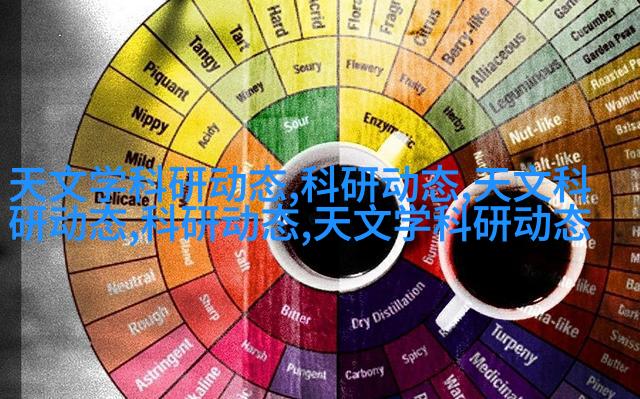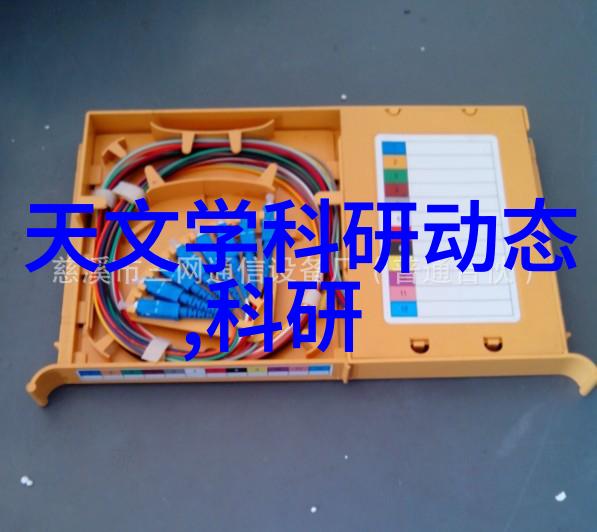水质检测常规9项哪9项?

水质检测是确保饮用水安全、环境保护和生态平衡的重要手段。那么,进行水质检测时通常会选择哪些参数作为监测对象呢?今天,我们就来一起了解一下这些关键指标。
化学需氧量(COD)

化学需氧量(COD)是衡量污染物含量的一个重要指标,它能反映出有机物及部分无机物在一定条件下与过滤纸反应所产生的消耗的二氧化氮或二氧化碳的质量。高值表示有机污染物较多,可能存在生物降解能力差的问题。这一指标对于工业废水和城市排放中的有机污染物进行评价至关重要。
氨氮

氨氮是一种常见的营养盐,对于微生物生长具有极大的促进作用。如果在河流中出现高水平的氨氮,就可能导致藻类快速繁殖,从而引发“蓝藻”爆发,这对生态系统造成严重破坏。因此,控制和监控氨氮浓度对于维护河流健康至关重要。
总磷

总磷含量也是评价水体自净能力的一个重要因素。在自然条件下,微生物通过细菌分解过程可以将磷转化为沉积形式,但如果总磷含量过高,这一自净过程就会受到限制。此外,在农业活动中使用肥料也会增加到达水体中的总磷含量,因此其监测对防止eutrophication(富营养化)非常关键。
总砷

砷是一种高度毒性且难以被自然环境代谢去除的金属元素,其入侵地下水源主要来自矿产开采、工业废弃以及农业施用农药等途径。一旦进入饮用水系统,将对人类健康构成潜在威胁,因此需要严格控制其排放并定期检查总砷含量,以保障人民群众生命安全。
铬六价
铬六价是一种强烈刺激性的金属离子,它不仅能够与血红蛋白结合影响血液输送功能,还能与DNA发生反应影响细胞遗传信息,使得人体吸收后容易引起急性胃肠炎甚至死亡。因此,无论是在工业生产还是日常生活中,都必须避免接触铬六价,并通过不断监测来确保其浓度低于危害标准。
铅离子、二甲基亚硝胺(NMAM)、苯并二恶英和浮游植物
除了上述几点之外,还有一些其他关键因素,如铅离子、二甲基亚硝胺(NMAM)、苯并二恶英等都属于致癌物质,其存在于饮用或接触到的任何类型媒介中都会带来巨大风险。而浮游植物则是表征一个区域是否处于富营养状态的一个简单指示器,当它们大量繁殖时往往伴随着酸雨现象,对周围环境造成破坏。
water quality monitoring is an important aspect of environmental protection and public health management, as it helps ensure that the water we use for drinking, agriculture, and industry is safe and clean.
Water quality monitoring involves measuring a variety of physical, chemical, and biological parameters in water samples collected from various sources such as rivers, lakes, reservoirs, wells or springs.
The parameters measured can vary depending on the purpose of the test but typically include pH (acidity/alkalinity), temperature,
dissolved oxygen (DO) levels,
chemical oxygen demand (COD),
biological oxygen demand (BOD),
total suspended solids (TSS),
total dissolved solids (TDS),
nitrogen compounds like ammonia-nitrogen,
phosphorus compounds like total phosphorus,
heavy metals such as lead,
arsenic,
chromium VI,
and volatile organic compounds like benzene.
These tests help identify potential problems with water quality before they become serious issues.
For example high levels of COD indicate there are high levels of pollutants in the water that need to be removed before it can be safely used for drinking or other purposes.
Similarly high levels of BOD indicate there are high levels of organic matter in the water that needs to be broken down before it can support aquatic life.
Total suspended solids indicate how clear or cloudy the water is which affects its aesthetic value but also has implications for its ability to transmit light through photosynthesis by plants underwater
Total dissolved solids measure how much stuff is dissolved in solution which affects taste odor color clarity etcetera
Nitrogen-phosphorus relationship controls algal growth rate nutrient availability affecting primary production
Heavy metals contamination poses threat to human health environment ecosystems via bioaccumulation biomagnification
Chromium VI a potent carcinogen must be strictly controlled monitored
Volatile organic compounds benzene may cause cancer leukemia lymphoma blood disorders kidney disease reproductive problems birth defects respiratory cancers throat lung liver heart stomach eye neurological damage bone marrow death etcetera
In conclusion regular monitoring of these nine key indicators ensures our access to clean healthy safe drinking-water supply ensuring good health well-being safety security sustainability prosperity peace happiness joy love unity harmony coexistence respect understanding tolerance compassion empathy kindness wisdom knowledge truth beauty freedom equality justice fairness equity diversity inclusion social economic political environmental cultural ethical spiritual values principles standards norms practices policies laws regulations guidelines rules protocols conventions treaties international cooperation collaboration coordination communication education awareness training research innovation technology development progress advancement improvement excellence achievement success fulfillment satisfaction contentment happiness wellbeing bliss



